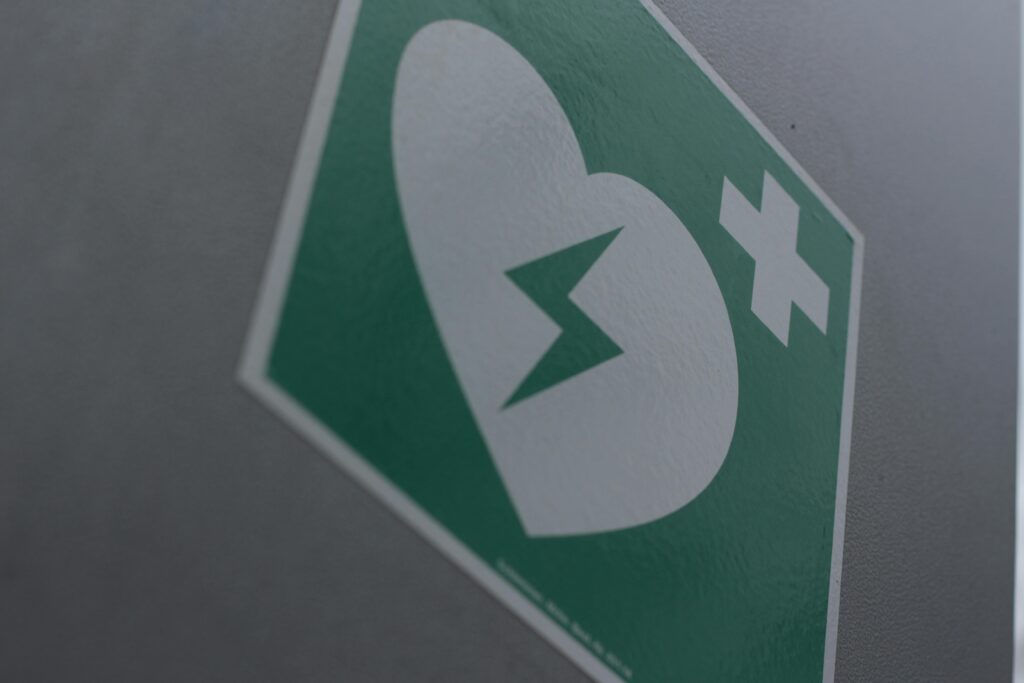Imagine this scenario: you’re seated comfortably, arm prepped and ready, as a phlebotomist approaches, their confidence reassuring. But then, a slight oversight turns a routine blood draw into an uncomfortable ordeal. Such moments aren’t just distressing—they are illuminative, shedding light on common mistakes that, while easily avoidable, are often overlooked.
Phlebotomy, the practice of drawing blood, requires precision, steady hands, and excellent interpersonal skills. Despite rigorous training, mistakes can happen. Recognizing and addressing these errors is key to improving patient care and procedural success. Here are some of the most prevalent missteps in phlebotomy and how they can be effectively remedied.

1. Poor Communication Skills
The Problem: Communication is fundamental in phlebotomy. A failure to clearly explain procedures or listen to a patient’s concerns can result in anxiety and misunderstanding. Patients need to understand what to expect during their experience to feel at ease.
The Impact: Anxiety-ridden and confused patients, who might be less compliant during the procedure.
The Solution: Enhance communication skills through ongoing training focused on patient interaction. Phlebotomists should practice clear, compassionate, and concise communication, ensuring patients are well-informed and comfortable. Learn more about effective communication in healthcare.
2. Incorrect Site Selection
The Problem: Selecting the wrong venipuncture site can lead not only to unnecessary pain but also ineffective blood draws. This mistake often occurs under pressure or due to insufficient anatomical knowledge.
The Impact: This can lead to multiple needle insertions, bruising, and patient discomfort.
The Solution: Continued education on human anatomy and proper venipuncture techniques is essential. Phlebotomists should take the time to assess the best venipuncture site thoroughly before beginning the procedure. Further reading on venipuncture techniques.

3. Inadequate Equipment Preparation
The Problem: Rushed preparation or disorganized workstations can lead to procedural delays and increase the risk of errors or contamination.
The Impact: Potential for cross-contamination or compromised sample integrity, which can skew test results.
The Solution: Implementing standardized checklists and maintaining organized, well-stocked workstations ensures that all necessary equipment is ready and in excellent condition before any patient interaction. Check out these best practices for equipment preparation.
4. Failure to Follow Up
The Problem: After blood is drawn, the job of a phlebotomist doesn’t end with labeling the sample. A lack of follow-up can lead to missed complications or errors in specimen handling.
The Impact: Patient dissatisfaction and potential health risks if complications are not identified and addressed promptly.
The Solution: Establish a robust follow-up system to monitor patient outcomes and lab results. This helps catch and rectify any issues quickly, improving patient care and trust in the medical process. Understanding patient follow-up importance.

Phlebotomy is more than just drawing blood
It’s a vital part of patient care that demands precision, empathy, and attention to detail. By acknowledging and addressing these common mistakes, phlebotomists can enhance their skill set, reduce patient discomfort, and improve the overall effectiveness of medical testing. Continuous education and a commitment to best practices are essential for any healthcare professional, especially those in such a direct, impactful role.
For those looking to further their skills in this essential field, consider our comprehensive phlebotomy training programs at QuickSticks, designed to empower healthcare professionals with the knowledge and techniques needed for excellence in phlebotomy.
Through understanding and improving upon these common mistakes, the phlebotomy community can continue to strive towards excellence in patient care and medical efficacy.